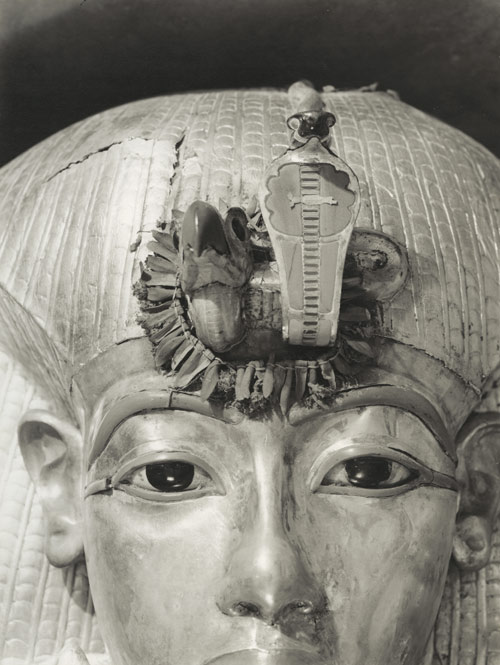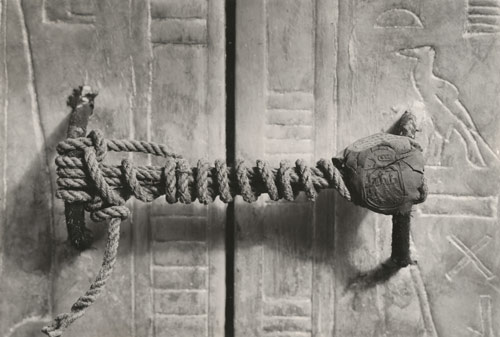 Traveling Exhibitions
Traveling Exhibitions Traveling Works of Art
Traveling Works of Art Conservation Projects
Conservation Projects Excavations
Excavations Fellows
Fellows Exchanges & Collaborations
Exchanges & Collaborations Multiple Items
Multiple Items
The Met Around the World presents the Met’s work via the global scope of its collection and as it extends across the nation and the world through a variety of domestic and international initiatives and programs, including exhibitions, excavations, fellowships, professional exchanges, conservation projects, and traveling works of art.
The Met Around the World is designed and maintained by the Office of the Director.
Traveling
Exhibitions
The Met organizes large and small exhibitions that travel beyond the Museum's walls, extending our scholarship to institutions across the world. See our national and international traveling exhibition program from 2009 to the present.
Traveling
Works of Art
The Met lends works of art to exhibitions and institutions worldwide to expose its collection to the broadest possible audience. See our current national and international loans program.
Conservation
Projects
The preservation of works of art is a fundamental part of the Met's mission. Our work in this area includes treating works of art from other collections. See our national and international conservation activities from 2009 to the present.
Excavations
The Met has conducted excavations for over 100 years in direct partnership with source countries at some of the most important archaeological sites in the world. Today we continue this tradition in order to gain greater understanding of our ancient collections. See our national and international excavation program from the Met's founding to the present.
Fellows
The Met hosts students, scholars, and museum professionals so that they can learn from our staff and pursue independent research in the context of the Met's exceptional resources and facilities. See the activities of our current national and international fellows.
Exchanges & Collaborations
The Met's work takes many forms, from participation in exchange programs at partnering institutions and worldwide symposia to advising on a range of museum issues. These activities contribute to our commitment to advancing the work of the larger, global community of art museums. See our national and international exchange program and other collaborations from 2009 to the present.
 Outermost coffin of Tutankhamun showing a wreath that was placed on the forehead at the burial of the young pharaoh. Photograph by Harry Burton, 1925 (TAA 364).
Outermost coffin of Tutankhamun showing a wreath that was placed on the forehead at the burial of the young pharaoh. Photograph by Harry Burton, 1925 (TAA 364). Seal on the door of the innermost shrine that covered Tutankhamun's sarcophagus. Photograph by Harry Burton, 1924 (TAA 622).
Seal on the door of the innermost shrine that covered Tutankhamun's sarcophagus. Photograph by Harry Burton, 1924 (TAA 622). The antechamber with numbers assigned to the objects. Photograph by Harry Burton, 1922–23 (TAA 18).
The antechamber with numbers assigned to the objects. Photograph by Harry Burton, 1922–23 (TAA 18).
Egypt
1922–1932
Burton's photographs are an invaluable resource for the study of Carter's unique discovery of Tutankhamun's nearly intact royal tomb. Some images record the archaeological find, showing the locations of the objects within the tomb, or within the containers that held them. These photographs allow Egyptologists to re-create the final context of each piece. Other photos record the individual objects, often in a number of views, after they were removed from the tomb. These provide important documentation of the condition of the objects when they were found and will always be useful tools for conservation purposes. Another group of photographs tell the story of the find, or suggest events that took place long ago, during the burial of the young king, or when the tomb was reentered in ancient times.
Between 1922 and 1932, while Tutankhamun's tomb was being cleared, Burton took several thousand photographs of the tomb and its contents. Two nearly identical sets of negatives were made: one set was given to Howard Carter and is now in the Griffith Institute of the Ashmolean Museum at Oxford; the second set is part of the archive of the Egyptian Expedition at The Metropolitan Museum of Art.

